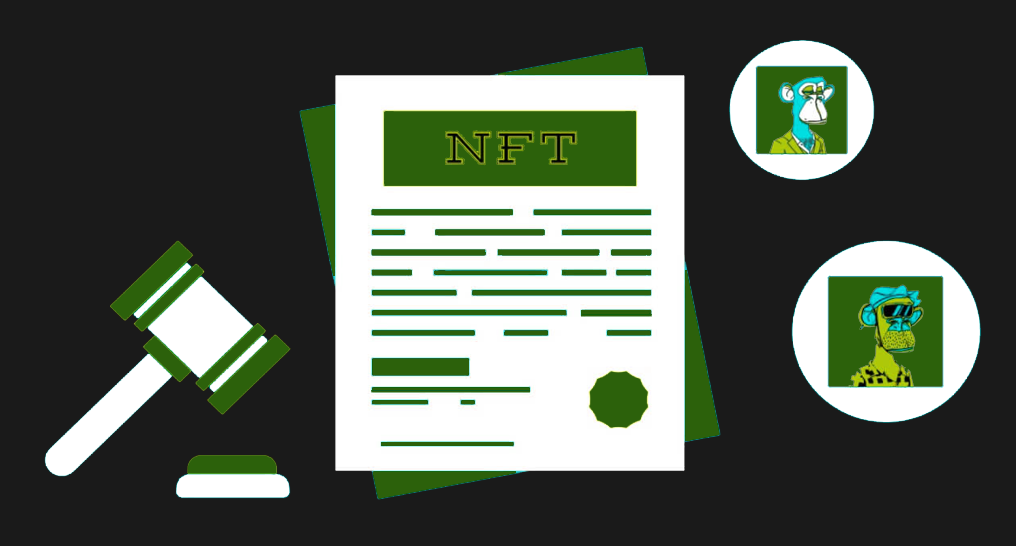Types of Cybercrime. Cybercrime is a type of crime that involves the use of a computer or computer network. It may harm someone’s security or finances.
It is a serious issue that affects businesses, governments and individuals all over the world. It can result in financial losses, brand damage and loss of privacy.
Fraud
Cybercrime is a broad term that encompasses a variety of crimes committed online. It ranges from criminal organizations to state-sponsored actors and from hacking into banks to attacking nuclear plants.
The most common type of fraud involves individuals or companies committing fraudulent acts for financial gain. These actions may be based on a variety of reasons, including stealing someone’s identity and using their credit card information, scamming charitable donations, or gaining access to confidential corporate data.
Depending on the crime, the perpetrator can be charged with either civil or criminal law violations, but it is important to note that there are often substantial discretion by government prosecutors in whether a case goes to trial. In some cases, the government may settle the case for a lower cost than would have been required had it gone to trial.
Another way in which fraud can be defined is by the amount of money or property stolen. For example, if a bank or credit card company loses a customer’s money, they can be liable for that amount under the False Statements Act. In addition, a business may be liable for fraudulent transactions if they use its customers’ funds or products to pay bills that are not authorized by the customer.
Fraud can also take the form of a company’s assets being misused or stolen by employees. These could be simple embezzlement schemes where an employee steals company products or uses a work vehicle for personal errands, or more sophisticated crimes that involve fraudsters skimming millions from the company’s accounts.
Finally, a cybercrime can be a result of hackers infecting a company’s system with malware or viruses. These can be used to destroy files or to encrypt files so they cannot be opened without paying a ransom.
Identity Theft
When we talk about cybercrime, we generally think of hackers who break into computers or other devices and steal information. However, this is just a small part of the problem: there are many types of cybercrime that take place in the real world as well.
Identity theft is one of the most common kinds of cybercrime and it occurs when someone steals your personal identifying information (PII) and uses it fraudulently. It can be a serious concern, as it can cost you money and can ruin your credit.
The most common form of identity theft is when criminals use a stolen credit card number or social security number to make purchases or open accounts in your name. This is often referred to as synthetic identity theft and can result in serious damage to your credit.
It can also occur when someone impersonates you to get a job, rent a home or take out a loan in your name. Other identity theft crimes include child identity theft, which involves stealing the identities of minors.
Aside from the obvious financial repercussions, identity theft can cause other problems as well, including damaged credit records and a loss of confidence in your abilities. In some cases, you may need to change your social security number and telephone number or even your address.
The best way to protect yourself from identity theft is to be vigilant and follow some basic rules. For example, never leave your wallet or purse unattended in a public place like a store or restaurant. It’s especially important to lock your laptop or phone when you aren’t using it. In addition, always shred any sensitive documents before throwing them away.
Malware
Malware is any type of software that is intentionally designed to cause disruption or harm to a computer, server, client, or computer network. It can steal information, spy on a business, create a denial-of-service condition, lock files to extort money from victims, or compromise user privacy.
Viruses are the most common type of malware, but there are several other types that may be found on a device. They include worms, trojan horses and spyware. The most common malware attacks use phishing emails that contain links or attachments to deliver the malicious code to unsuspecting users.
These email attachments often have a hidden payload, such as a trojan that gives the attacker remote access to the infected system. The payload can be anything from a banking login or password to personal identifiable information (PII).
Businesses are particularly vulnerable to malware because they tend to have more devices connected to a central network, which makes it easier for an attacker to spread their malicious code throughout the organization. It is also easy for an attacker to install a rootkit on a device, which gives them unauthorized, “root” access to the entire computer or network.
Although a malware attack on a single computer can disrupt normal interactions, it can also destroy a device completely. This is especially true for devices that use hard disks, which can be destroyed by a virus or other malicious code. It can also cause the computer to crash or shut down, which is a serious problem for any business. Cybercriminals are always looking for ways to infiltrate a computer or network with malware. They are constantly trying to find new vulnerabilities, and they often employ methods such as spamming and phishing to spread their malicious code.
Data Theft
Data theft occurs when an attacker steals information from a business or individual. It can include passwords, credit card numbers, social security numbers and other personal information. This type of crime is illegal and is punishable to the fullest extent of the law.
In most cases, the data that is stolen is sensitive and confidential. For example, medical records or trade secrets may be exposed. Depending on the severity of the breach, organizations can be fined, sued or face reputational damage.
It can also result in customers leaving a brand. Many brands with a history of data theft find it difficult to attract new clients.
This type of crime is usually committed by malicious actors, but it can also be the result of human error. For instance, a user may accidentally send an email or attach a document that contains sensitive information to a recipient. It can also happen when an employee leaves a database online with no password restrictions in place.
The most common reason for data theft is financial gain. Criminals who steal data can use it to open accounts or set up credit cards in their name, which can lead to fraud and other problems.
They can also sell the information to other cybercriminals. This can be done to make money or to increase their own reputations.
Another reason for data theft is to steal corporate information. This can occur inside or outside the company.
Some breaches involve physical actions, such as a laptop being left in a hotel lobby or an employee leaving a computer at home. These can be accidental or deliberate, but they still cause problems for businesses.
Hacking
Hacking is a broad term used to describe a range of activities that aim to compromise computers and networks by identifying and exploiting security weaknesses. This can be done in many different ways, such as through phishing scams or malicious software programs.
Hackers commit cybercrime to gain criminal financial advantage, to burnish their reputation in the hacker subculture, or for corporate espionage. They may also be motivated by political or social causes to focus public attention on an issue.
In order to hack a computer system, hackers use their skills in computer programming, or they may develop their own scripts and programs that allow them to break into a network without detection. Some of these programs are developed by hackers and sold on the dark web for others to use.
This is the most common type of cybercrime and can include stealing credit card or other personal information, such as Social Security numbers. The criminal can then use this information to make purchases and open accounts.
Other types of cybercrime include malware attacks, denial-of-service attacks and extortion. These can be committed by teams of criminals, and they often target organizations or government websites.
The criminals who perform these crimes have access to a wide range of information about how computers work, including information on how to find and download Trojan horses. They can also access passwords and personal details of users.
Laws against hacking are aimed at protecting people and companies from criminal activity. The law includes the Computer Fraud and Abuse Act of 1986, which makes it illegal to intentionally break into a computer system or tamper with data for criminal purposes. It also includes the Federal Computer Crime Act, which imposes penalties for committing computer crimes.



